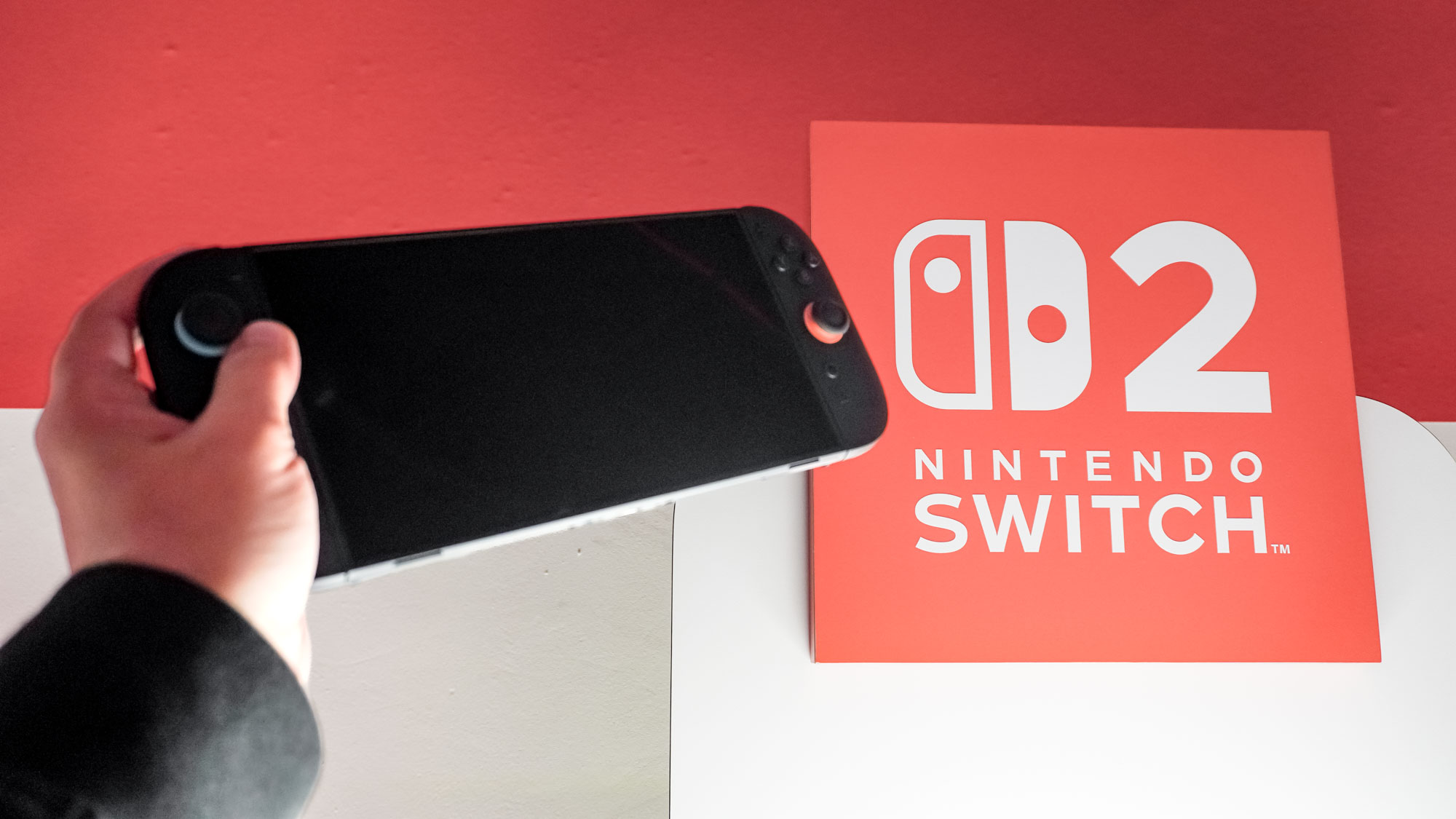I swear by this quick way to fall asleep fast — and all you need is a pen and paper
Nighttime anxiety? Trouble sleeping? Try my go-to trick to fall asleep quickly
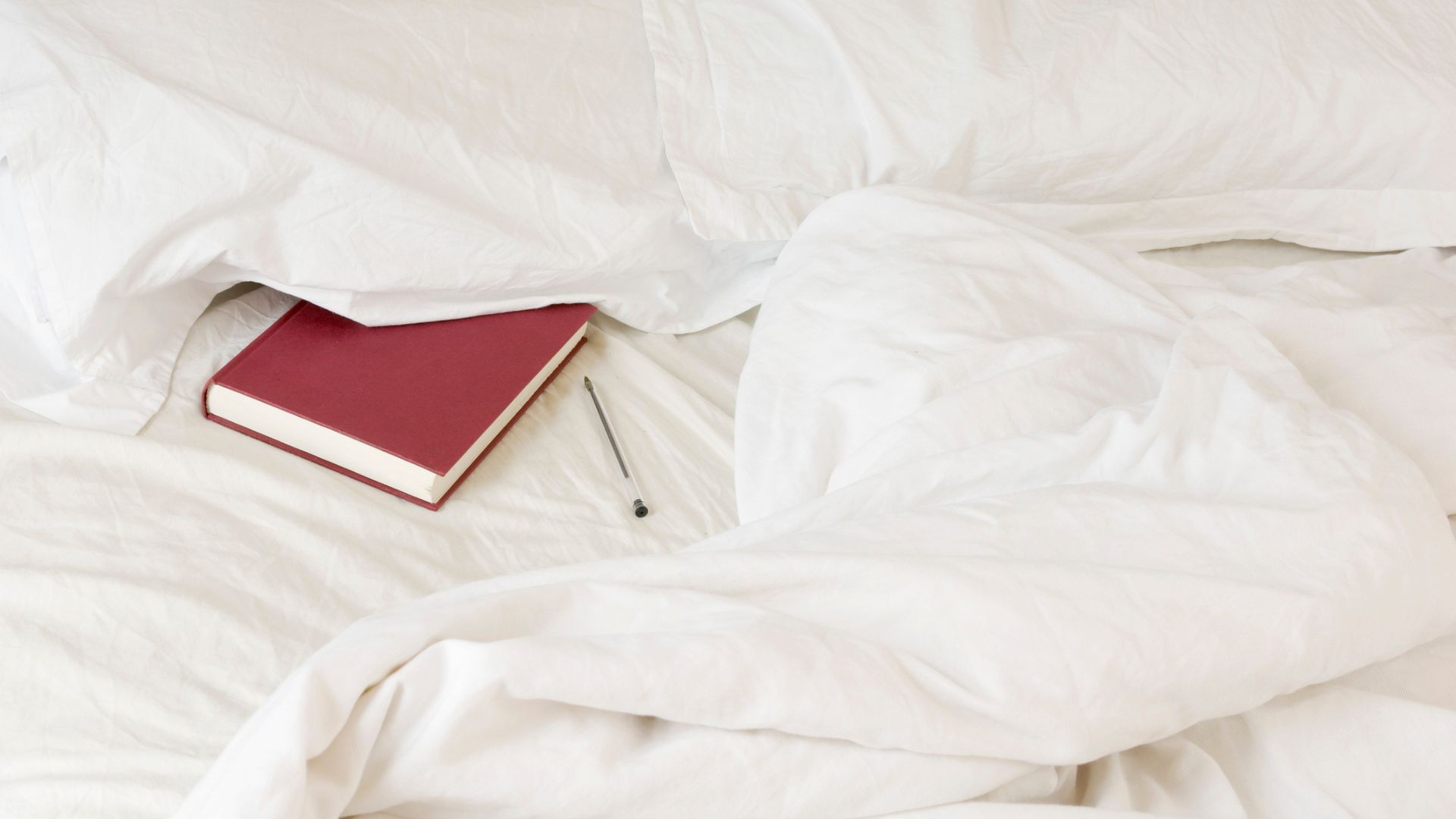
There’s no sugar coating it — I’m an overthinker. I can almost guarantee that when my head hits that pillow, I’ll be analyzing every conversation and interaction I had that day (plus conversations I’ve had 5 years ago.)
This kind of nighttime anxiety is a recipe for poor sleep. With a racing mind, I struggle to fall asleep, and when I eventually do, my circadian rhythm (also known as my body clock) is already thrown off by the later night meaning I’m less likely to get the REM sleep I need to wake up feeling like myself again.
It’s a vicious cycle, with sleep deprivation often making anxiety worse (and vice versa) and while I have tried and enjoyed many calming sleep methods like breathing techniques and sleep meditations, there’s one simple trick that’s easy, effective and most importantly, free.
So, for a quiet mind at bedtime, grab your pen and paper and read on…
My go-to trick to fall asleep fast
I’m the least organized person there is. Don’t get me wrong, I try to be that girl but it doesn’t come naturally to me.
And I realised that this was contributing a lot to my nighttime anxiety and trouble sleeping.
Now it seems obvious that a chaotic bedroom, 10,000 things I need to do lurking in my mind and an incredibly busy lifestyle was stopping me from sleeping, but it wasn’t until I started to write everything down that it became clear.

On the nights where I felt like my head was going to explode, I simply wrote a clear to-do list for the next day. Like magic, I felt more in control, focused and, importantly, able to switch off.
By trying to hold onto everything I had to remember in my head, I wasn’t allowing myself to let go and drift off to sleep.
The time it took? Two minutes. The money spent? Zilch. I’m not saying I’m suddenly an incredibly organized person, and I definitely don’t do this every night (me and routines do not see eye-to-eye), but on the evenings where I’m overstimulated and too busy to switch off, this simple trick works wonders.
How to fall asleep fast by writing a to-do list
If you’re anything like me, I highly recommend you give this trick a go. So, here’s how.
Create a calm environment
Writing a to-do list when you’re surrounded by clutter and physical reminders of everything you need to do (overflowing laundry basket, I’m looking at you,) won’t magically create a calm environment. You need to do that beforehand.
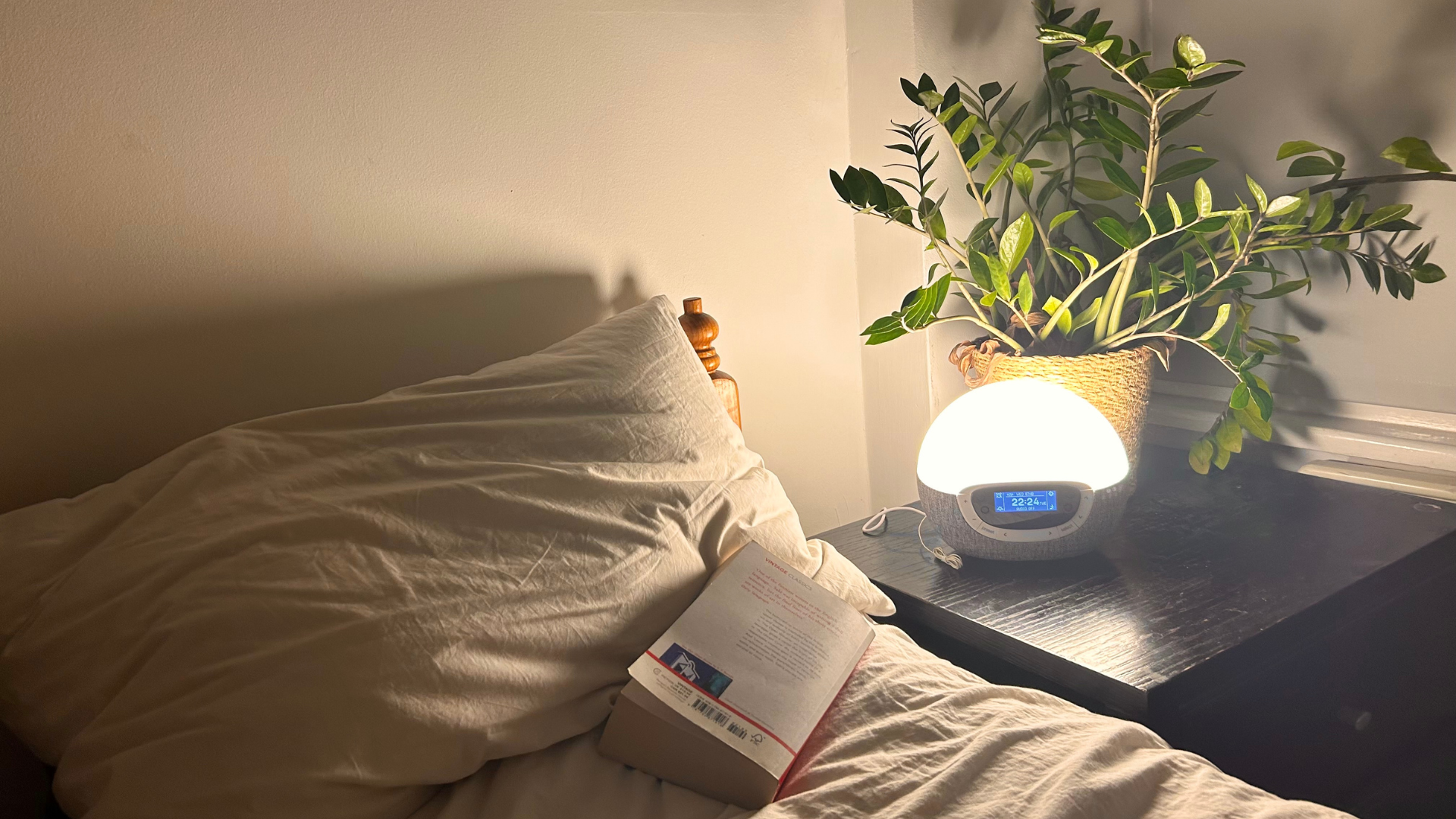
So, prior to settling down with your pen and paper, do a quick whip around. It doesn’t have to be a deep clean and you don’t need any elbow grease. Just put your clothes away, make your bed and try to sort through some clutter.
Decluttering your bedroom means fewer visual cues and less stimulation, making it easier for you to switch off. For further relaxation, dim the lights and light a nice-smelling candle.
Lowering the lighting will help the production of melatonin (the sleepy hormone) and aromatherapy has been proven to help you sleep.
Use a pen and paper, not your phone notes
I know most people have their to-do lists neatly organized in their phone notes (including me,) but just for this exercise, ditch the phone and stick to a good old piece of paper and a pen.
Using your phone before bed has recently been proven to increase your chances of insomnia, and, let’s face it, you’re more likely to get distracted by a cat video or gossip from your best friend if you’re writing your list on your phone.
One click away from your notes and you can be down a rabbit hole, doom scrolling until you realise it is WAY past your bedtime.
For best results? Turn that phone onto do not disturb and place it away from your bed. For even better results? Leave your phone in a different room overnight.

Write down everything that’s in your head
Now you’re ready to write. And there’s no rules here, whatever feels good is what works best for you.
Maybe you want to write down everything you accomplished in the day or maybe you want to stick to a good old to-do list for tomorrow.
Sometimes, you might want to take more of a journaling approach and write about how you felt that day and your intentions for the week.
For me, a practical tick-off list in order of importance for the day (or sometimes week) ahead works a treat.
My other top tips to fall asleep quickly
I’m not going to lie and tell you that a to-do list cured my nighttime anxiety and now I fall asleep like a baby every night. It definitely helps me, but I also have some other go-to tips to improve my sleep. Here are my top three.
Pay attention to your sleep hygiene
When I say sleep hygiene, I don’t mean showering before bed (more on that later,) I’m actually talking about the habits you have during the day and evening that can influence the quality of your sleep.
For example, good sleep hygiene includes eating three balanced meals throughout the day, avoiding screen use in the evenings and reducing your caffeine and alcohol intake.
Looking at the habits you have and how they can impact your sleep is a good place to start if you’re struggling.
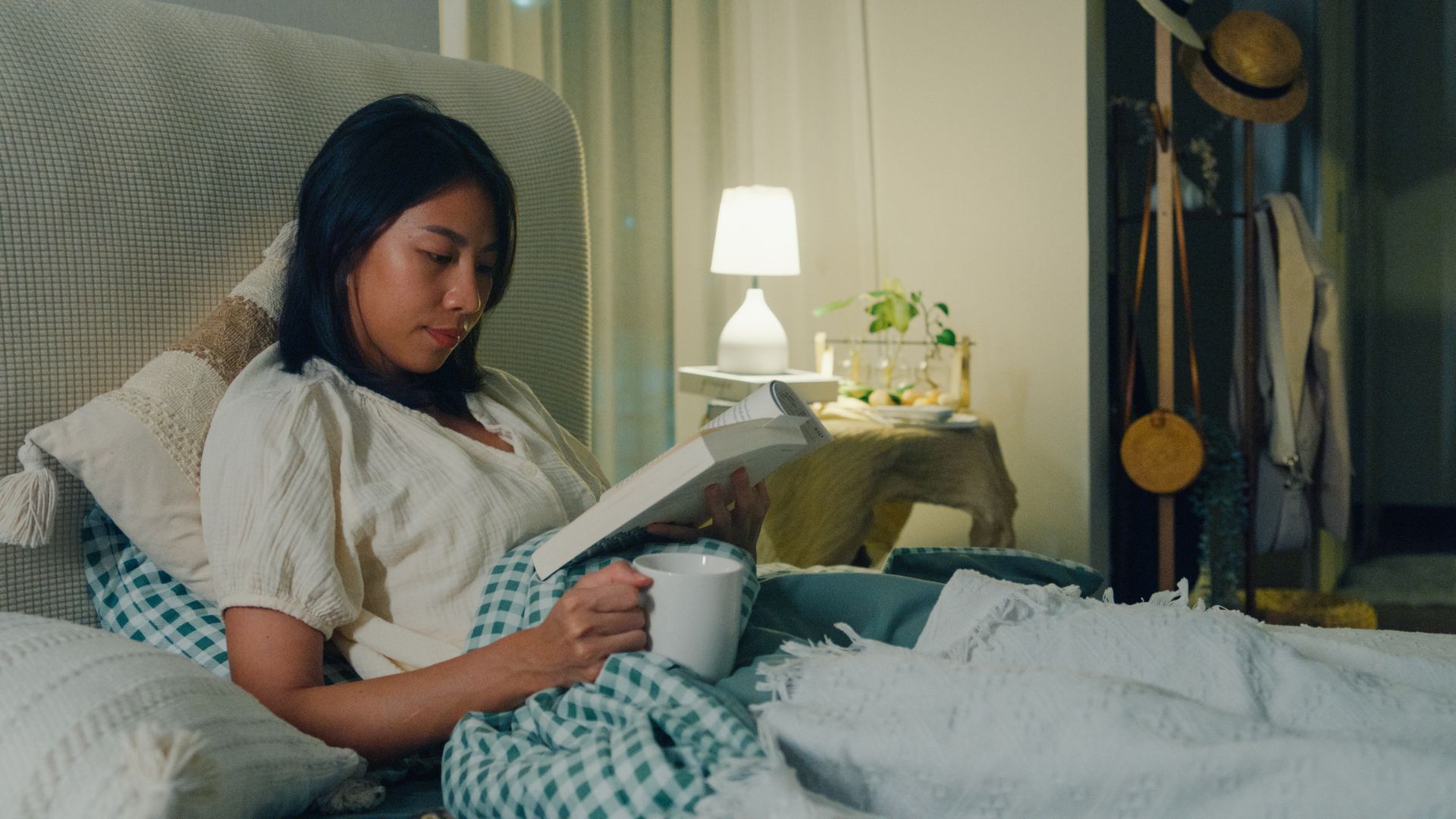
Find the sleep method that works for you
There are hundreds of sleep methods out there that all promise faster, better and longer sleep. But we’re all different. What works for someone might not work for you.
For example, the body scan meditation works wonders for our Senior Sleep Editor, Claire Davies, but I struggle to focus throughout the meditation. For me, cognitive shuffling sends me to sleep super quickly.
Try some different visualization techniques (like the Military Sleep Method and the Navy SEAL Technique) and some breathing exercises, too, to find out what works for you.
Have a warm bath or shower before bed
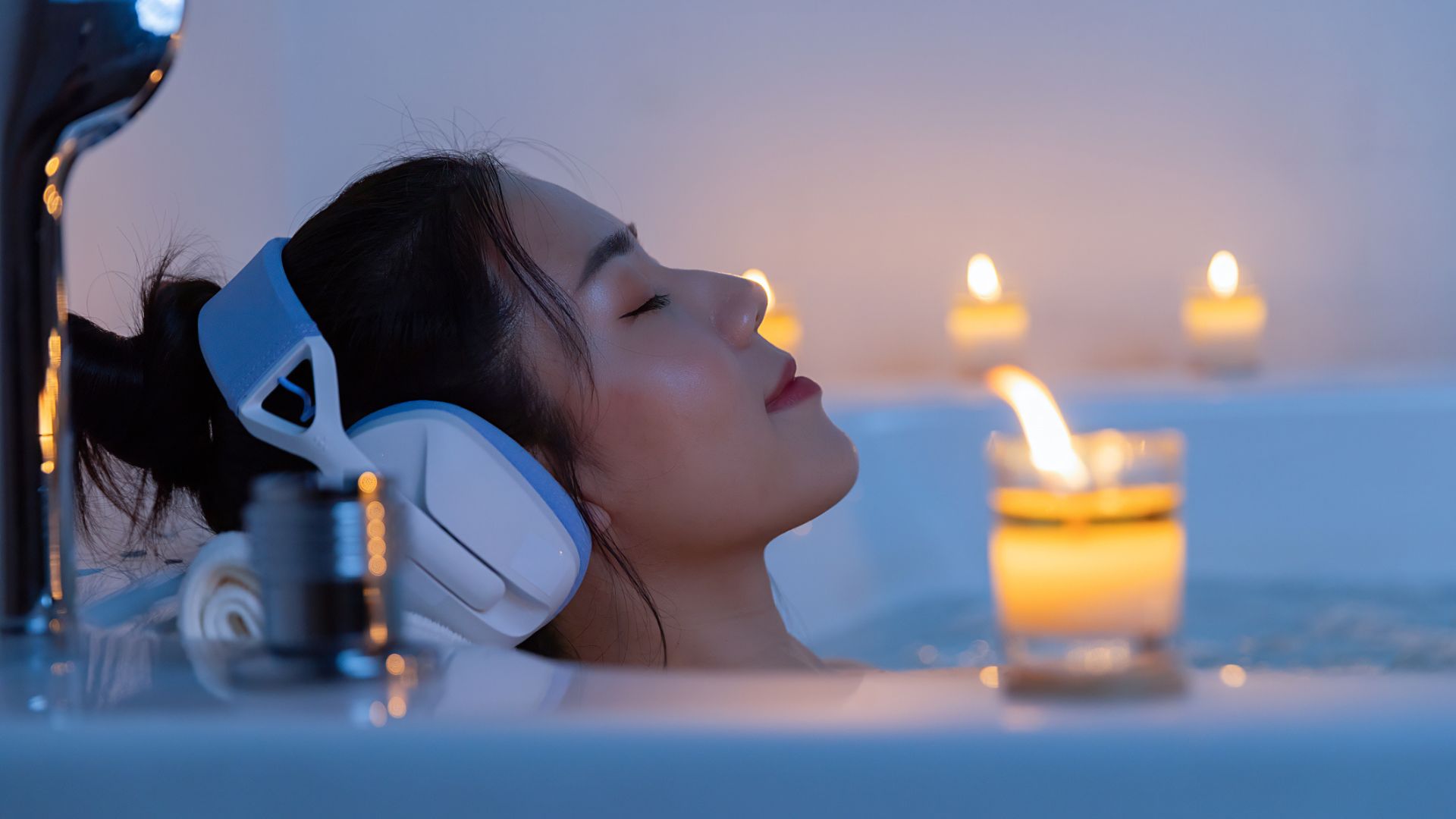
Most nights, I finish my evening off with a warm bath. This signals to my body that it’s time to relax and I can visualize washing the day off me.
But it’s not just the positive mental effects. Science says that moving from a warm bath or shower to a cooler bedroom can help you lower your core body temperature, which is a key indicator to your body that it’s time to sleep.
Also, repeating a specific activity night after night as part of a nighttime routine will help your mind and body recognize when it’s time to start winding down, making it easier to drift off at night.
Sign up to get the BEST of Tom's Guide direct to your inbox.
Get instant access to breaking news, the hottest reviews, great deals and helpful tips.

Lauren is an experienced writer and editor in the health and lifestyle industry and has led many campaigns and projects that deliver news, advice, and research on all things sleep. As the Sleep Features Editor for Tom’s Guide, Lauren writes, commissions and edits sleep and mattress content, from in-depth how-tos in sleep and mattress health to interviews with doctors and neuroscientists on the latest news in sleep. Lauren regularly tests new sleep tech and accessories to evaluate their effectiveness for getting good quality sleep and easing specific sleep struggles like nighttime anxiety. Alongside this, Lauren reports on the best mattress brands out there, like Helix, Saatva, and DreamCloud, helping readers find the right mattress for them and the best deals on them.
You must confirm your public display name before commenting
Please logout and then login again, you will then be prompted to enter your display name.
